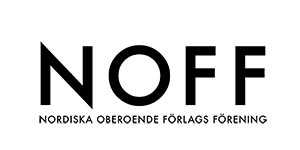
Pretend that it is real! : convergence culture in practice

| Författare | |
|---|---|
| Förlag | Malmö Högskola |
| Genre | Samhälle, politik och debatt |
| Format | Häftad |
| Språk | Engelska |
| Antal sidor | 350 |
| Vikt | 1037 gr |
| Utgiven | 2018-03-01 |
| ISBN | 9789171040961 |
Media convergence has mainly been defined and explained as a technological and industrial phenomenon; as the process where new technologies are accommodated by existing media and communication industries and their cultures of production. One consequence of convergence in today’s hybrid media landscape is that the previously distinct borders between production and consumption have become blurred. This means that convergence also takes place as a bottom-up social process initiated by media users that move almost anywhere and everywhere in search of entertainment experiences of their liking.
This thesis sheds light on the different types of media convergence that took place in the process of making the transmedia storytelling production Sanningen om Marika. The Swedish public service provider, SVT, and the pervasive games upstart company, The company P, combined their expertise in broadcasting and games development to craft this ‘participation drama’. During five months in 2007, the production offered Swedes nationwide rich possibilities to interact and participate, or just to watch or lurk on the production’s various platforms.
Using an ethnographic approach, field studies were conducted throughout the design, implementation and production phases. The analysis shows that even if instances of convergence could be identified, the collaboration did not proceed smoothly. The companies’ different media logics with their differing cultures of production created tensions and frictions. The different logics of television, internet and games - different in quality demands and with different audience participation models - made it difficult to create a hybrid production. Television genres blurred fiction and facts, and the ordinary was blurred with activities of games and play in the production, making the audience reception and interpretations differ extensively. Lastly, the designed audience participation did not remove the asymmetrical relationship between producers and users in media, but instead highlighted issues of hierarchies, lack of participant empowerment and inequality between participants.






















